-
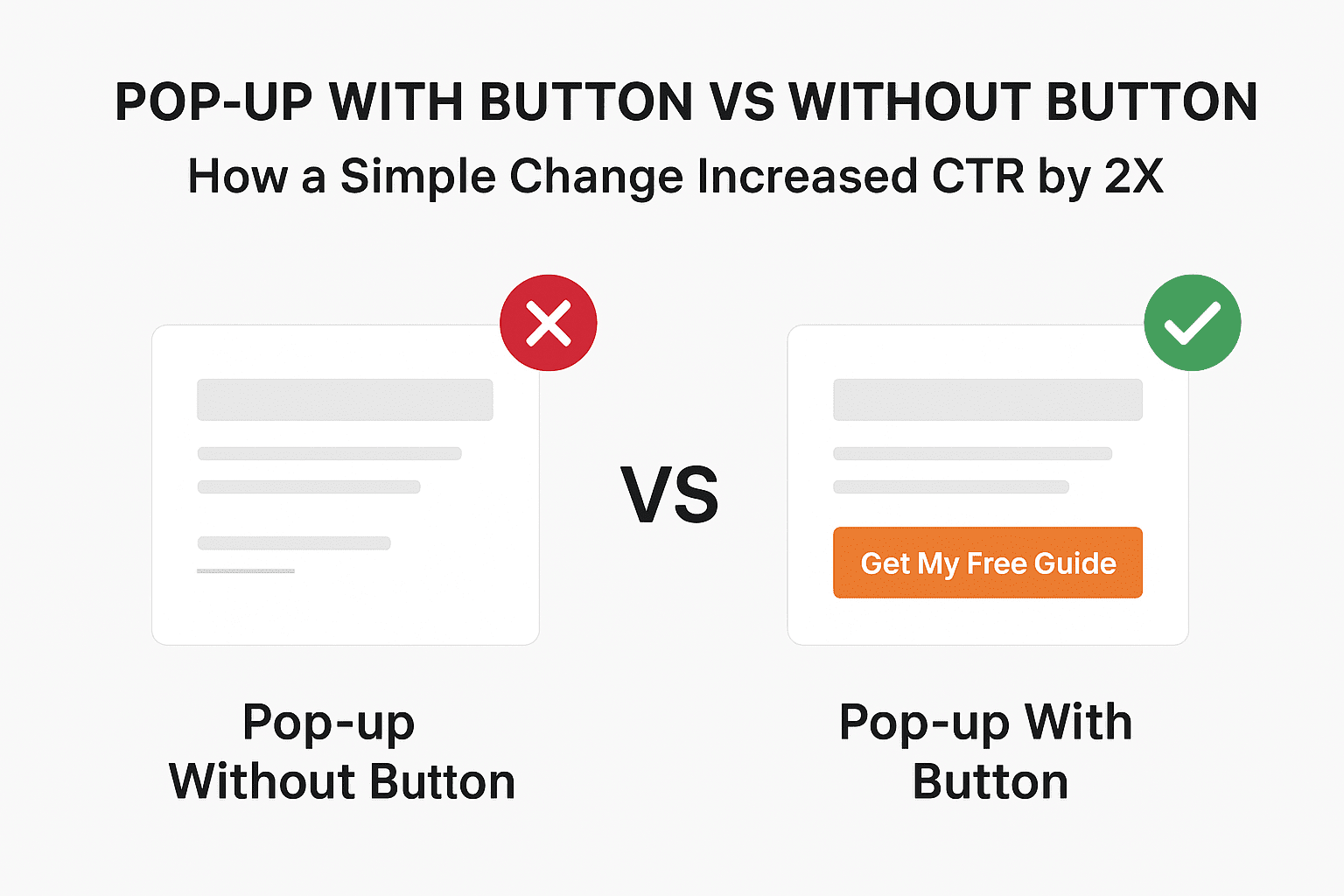
Pop-up With Button vs Without Button: How a Simple Change Increased CTR by 2X
Discover how a simple design tweak — adding a button to your pop-up — doubled CTR. Learn the psychology, design strategies, and A/B testing secrets behind this 2X boost.
Growthegy
Growth Strategy

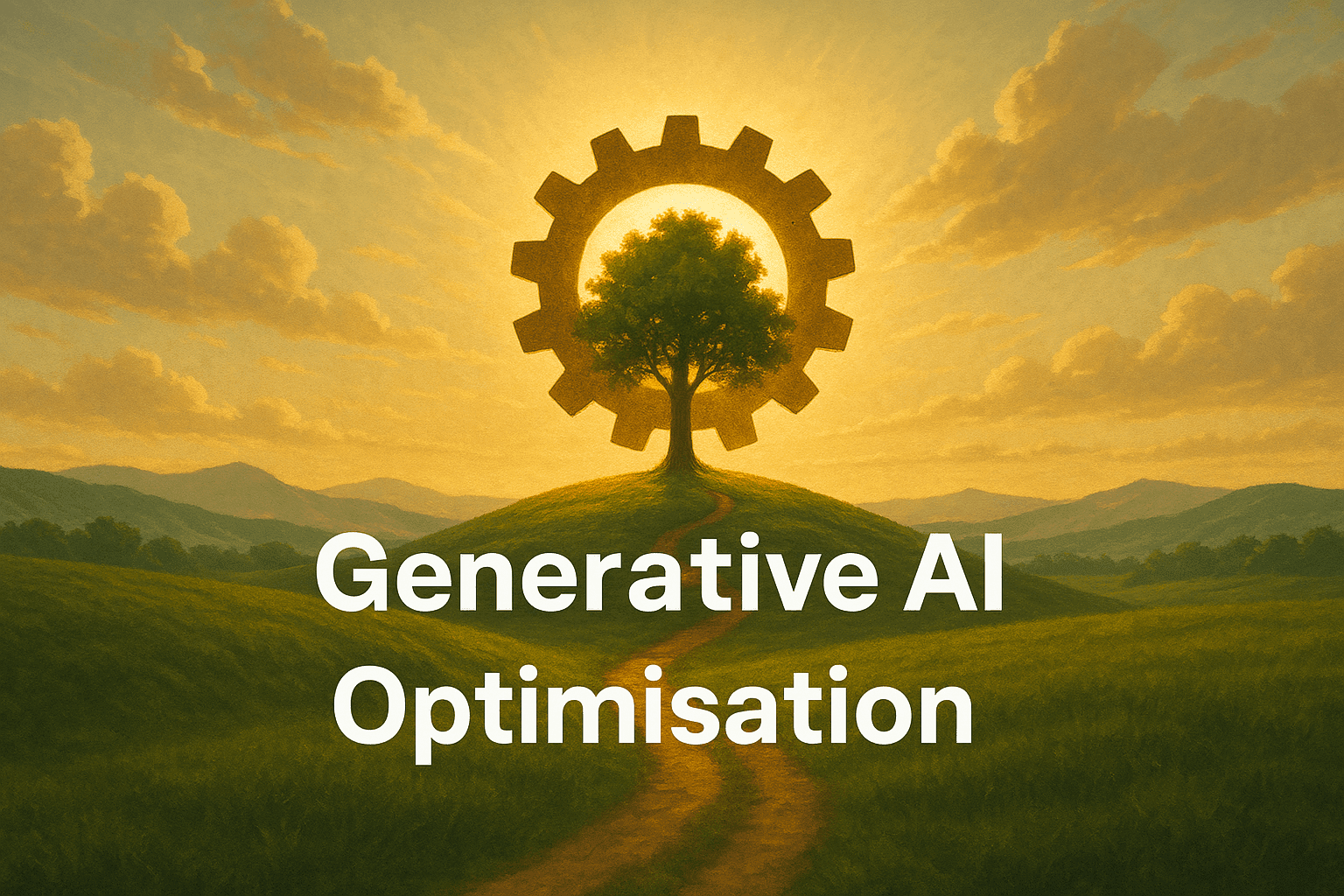

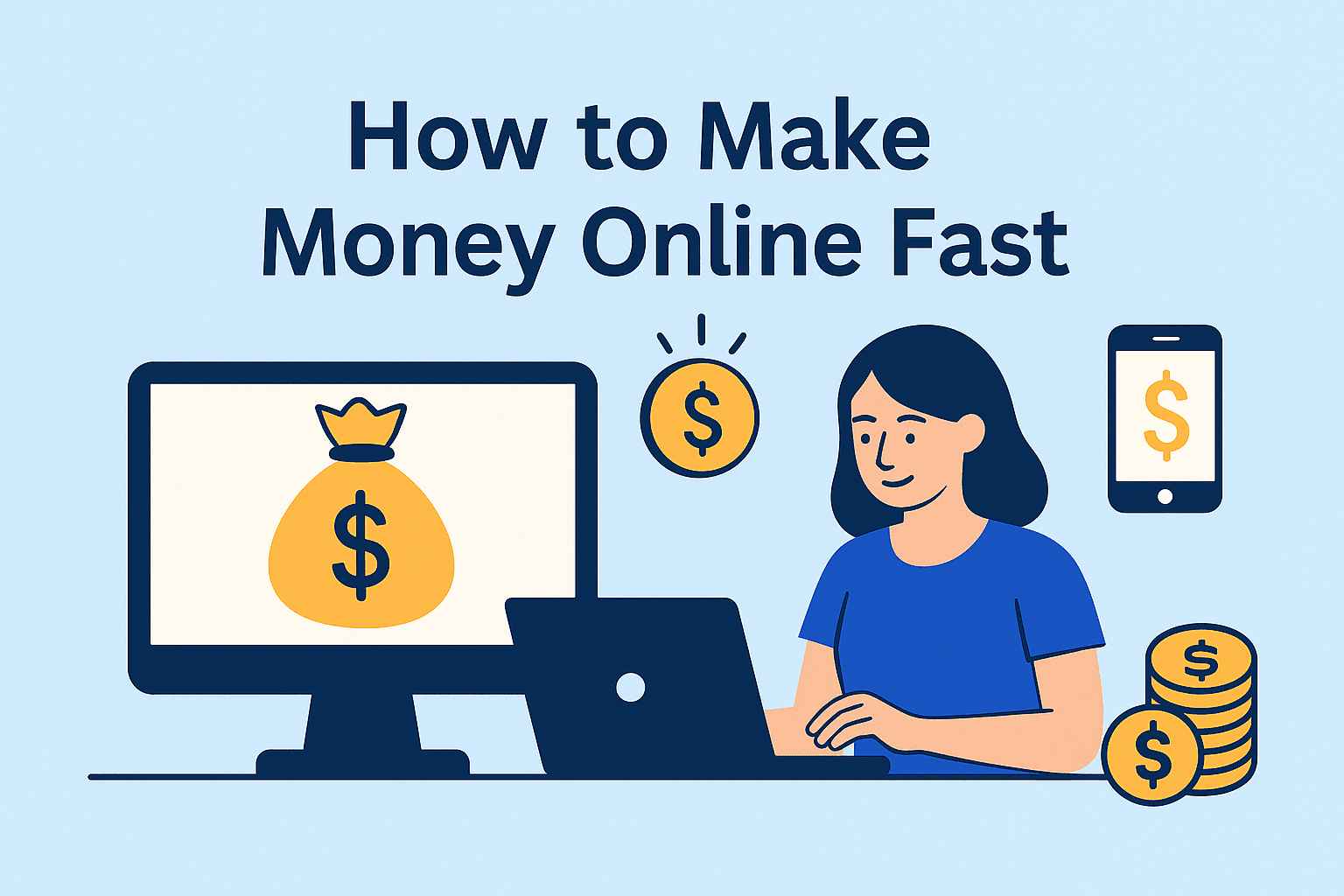
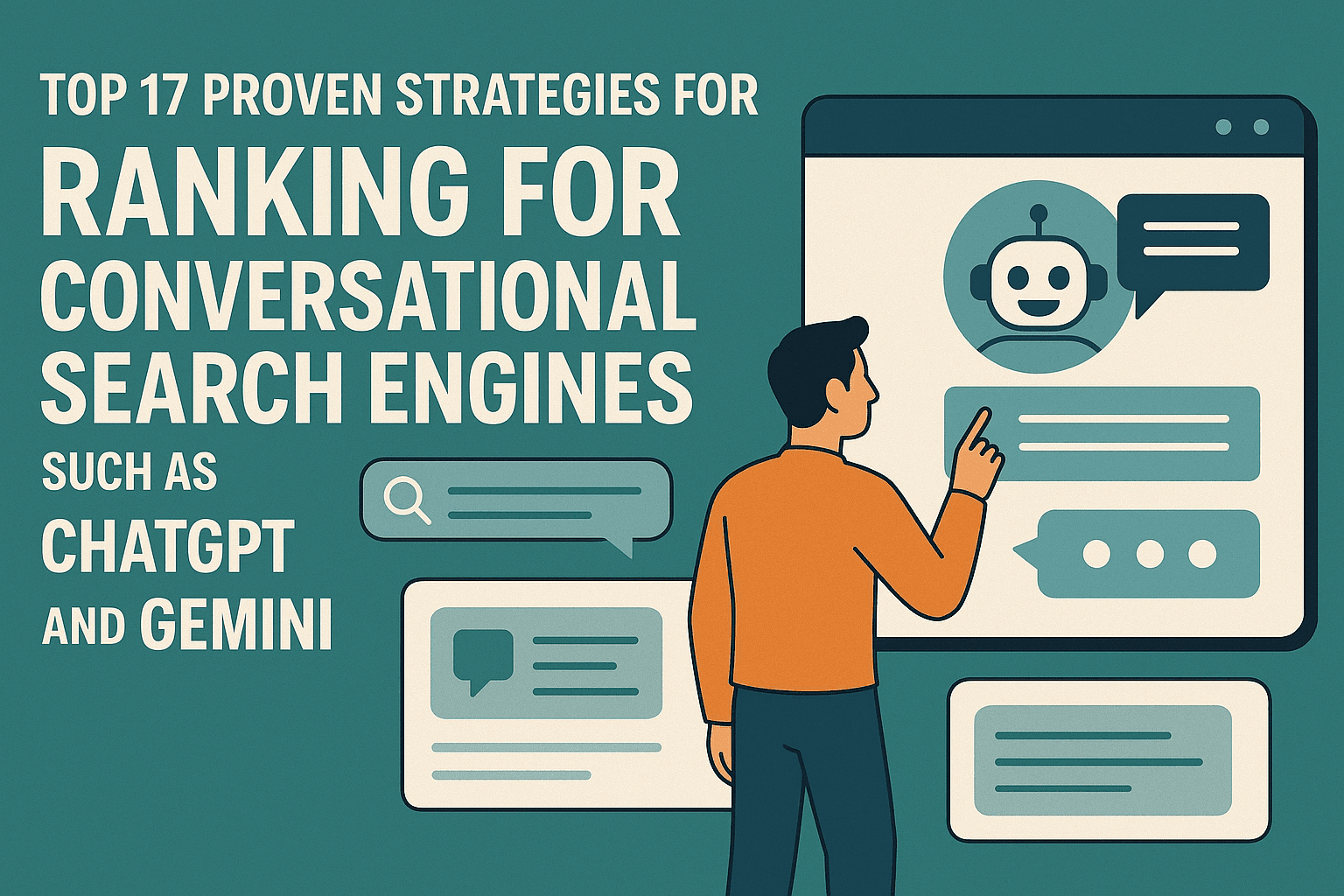



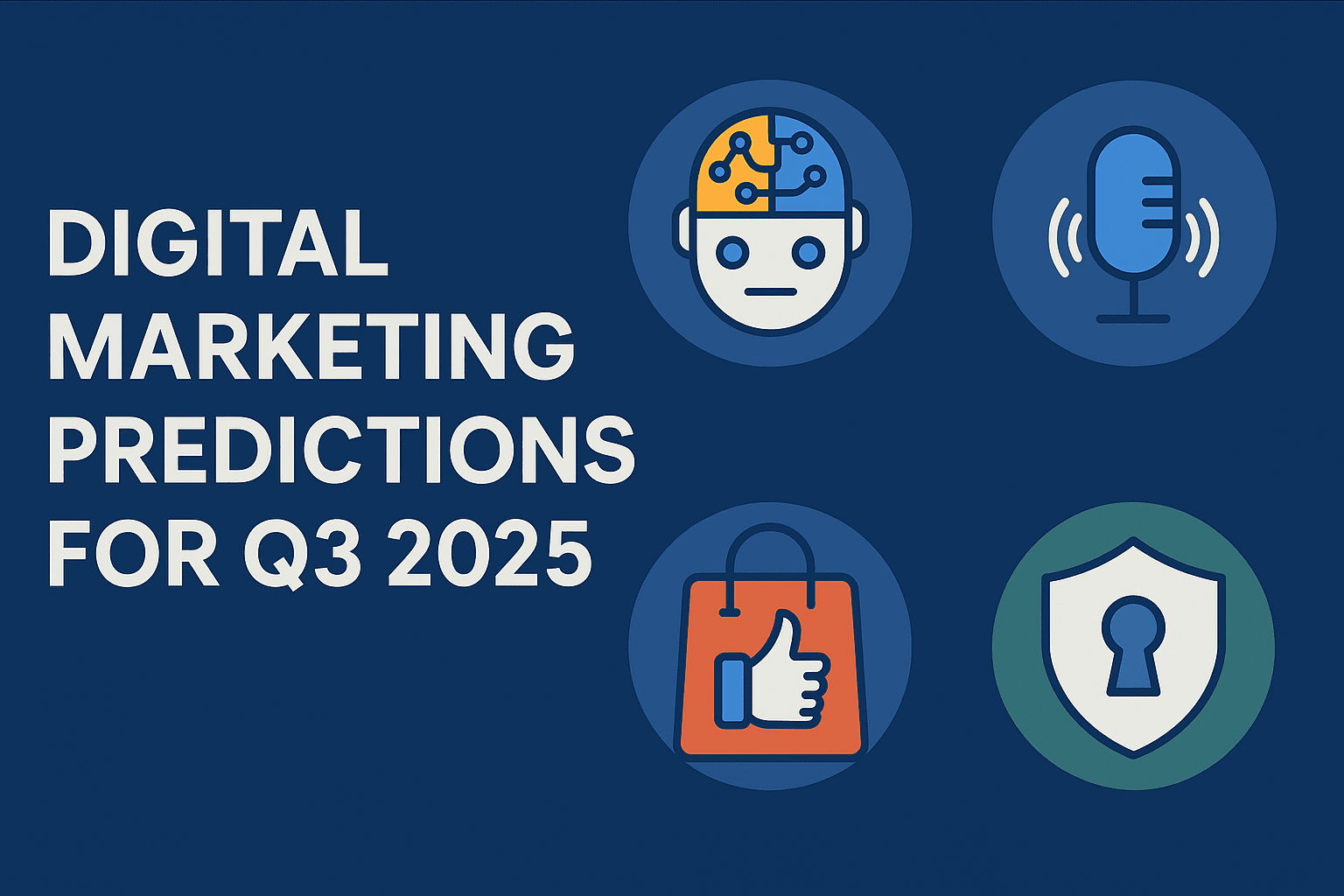
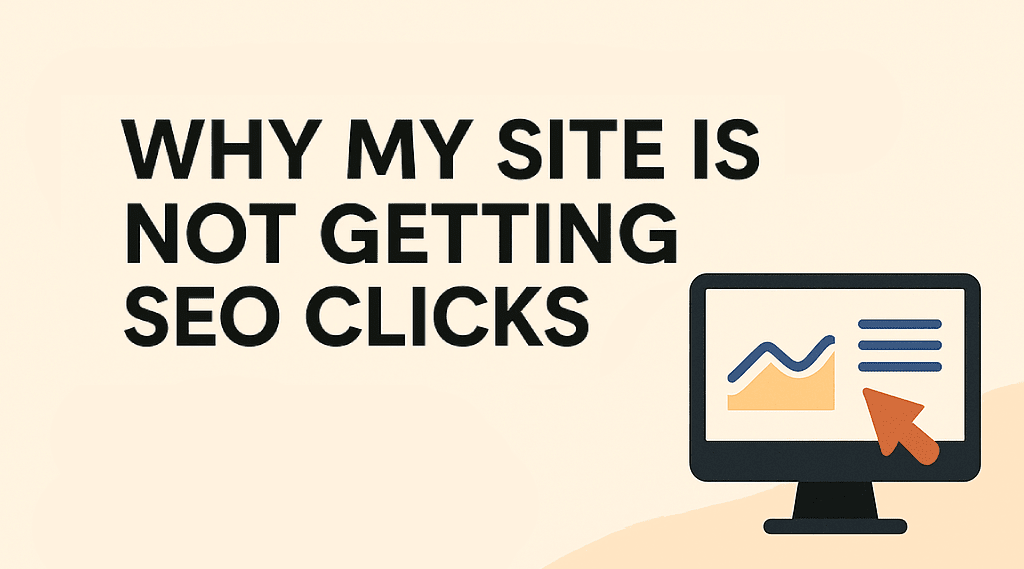
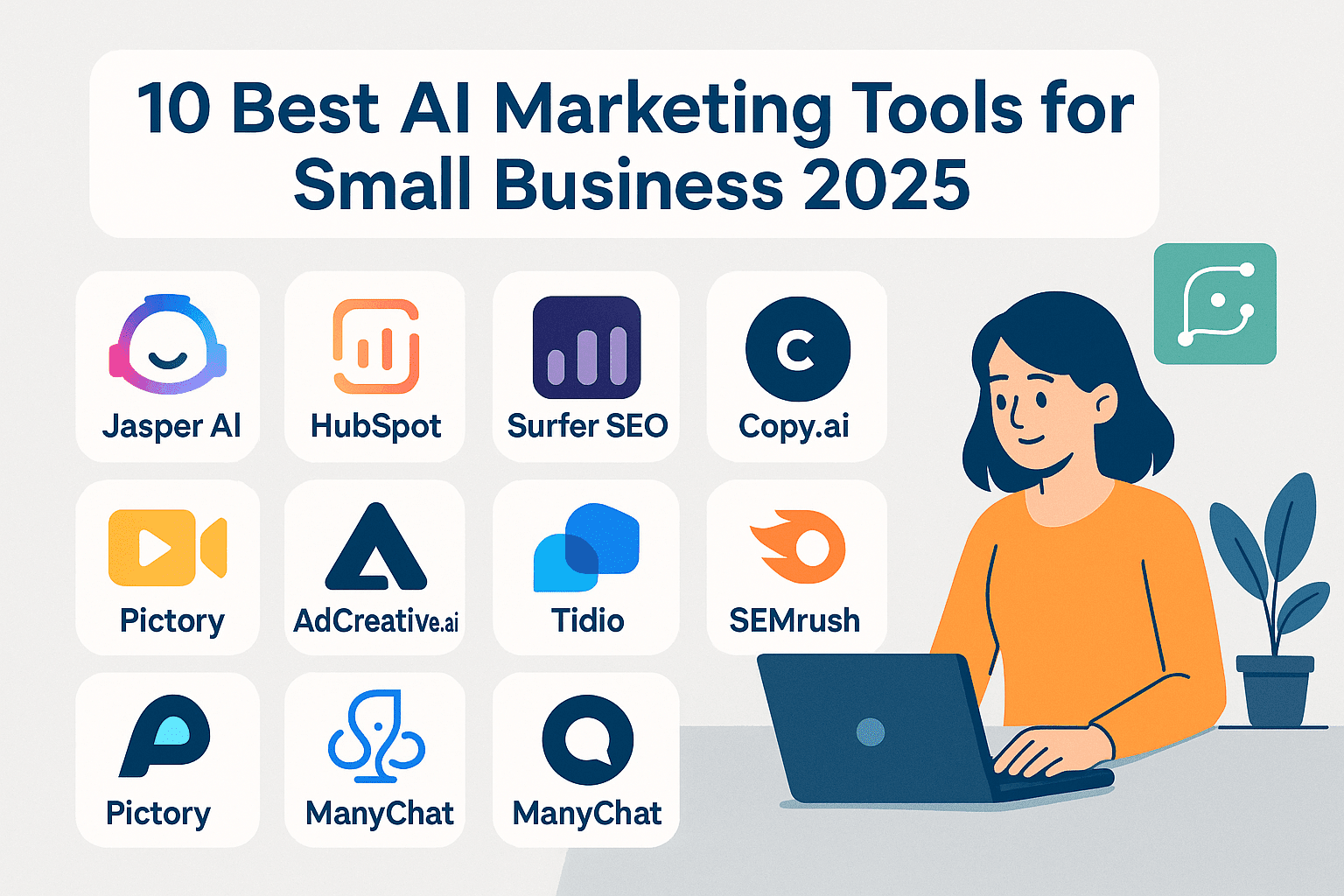
![How to Make Money from SEO in AI Era [2025 Guide]](https://growthegy.com/wp-content/uploads/2025/07/How-to-Make-Money-from-SEO-in-AI-Era.png)